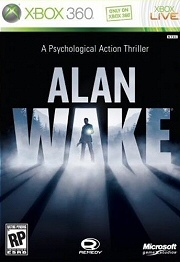- Adventure
- 2010
- Buy the Game
Reviewed by Jason Zingale
()
t’s been a long, hard road for “Alan Wake,” and I’m not talking about the terrifying events that the title character witnesses over the course of the game. Originally announced by Remedy in 2005, the survival horror title has gone through an endless series of delays, and yet anticipation for its release has grown with every missed ship date. So it must be worth the wait, right? Thankfully, yes. “Alan Wake” isn’t quite a game-changer like Remedy’s “Max Payne” was for first-person shooters, but it is a wildly enjoyable action thriller that, despite getting tangled in a story that’s a little too clever for its own good, will have you crying out for a sequel – if only to make sense of its ending.
You play as Alan Wake, a bestselling horror author who’s more Dean Koontz than Stephen King, even though he has a habit of quoting the latter. Alan is currently suffering from a two-year bout of writer’s block, and in an attempt to reenergize his creative juices, he heads to the Pacific Northwestern logging town of Bright Falls with his wife on vacation. When she’s kidnapped by an evil entity known as the Darkness, however, Alan begins to investigate the mystery of her disappearance, all documented in a manuscript that he doesn’t remember writing. Oh yeah, and it’s all coming true. Now, Alan must rely on the power of light (from flashlights to flares to car headlights) in order to fight his way through the possessed townsfolk, called Taken, and rescue his wife before it’s too late.
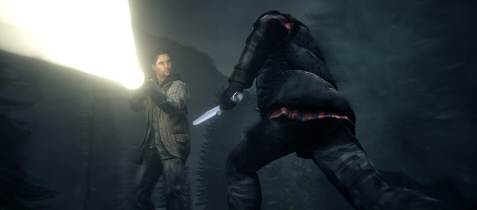
Granted, light isn’t the only weapon you’ll use, but it’s certainly the most important, since you first have to burn the shadows off the Taken by "boosting" your flashlight before you can fill them with lead. But just like real flashlights, the battery eventually wears out, and you either have to wait for it to recharge (a process that goes by much quicker if standing under one of the Safe Haven spotlights), or insert a new battery. Flare guns and flashbang grenades are probably the most effective weapons in your arsenal, though, as they often destroy your enemies on impact. If you’re running low on ammo, you can also try your luck at sprinting from spotlight to spotlight, but the Taken move pretty fast, and the game provides you with more than enough battery and ammo refill locations that you’ll likely only experience a few close calls throughout the story.
The combat system isn’t exactly groundbreaking, but between the novelty of using light as your primary weapon and the fluidity of the controls, it definitely makes killing the small variety of Taken feel less repetitive. This is never more evident than during a memorable set piece where Alan must defend a barn owned by a couple of retired rockers via an attached concert stage jam-packed with pyrotechnics. It’s one of many highlights in the campaign, incorporating everything that’s great about the game's combat and moody atmosphere. It’s just too bad that a friend can’t join you in co-op, because this is infinitely more enjoyable than the Carnival finale in “Left 4 Dead 2.”
It would have been relatively easy to tack on a short co-op mode, because Alan’s agent joins the story midway through as a sidekick who is good for a couple of laughs. Unfortunately, he disappears in the final act never to be heard from again, and that’s one of the problems with the story. Remedy seems more concerned with setting up future installments than wrapping up the current one, and though most people will appreciate the complex mystery surrounding “Alan Wake,” it’s still a bit risky to assume that the game will be a big enough success to warrant a sequel. And even if we do get a follow-up, who knows how long it will take before we finally get the answers we want?
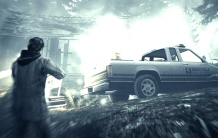 |
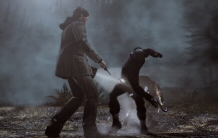 |
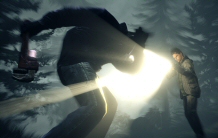 |
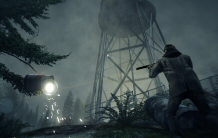 |
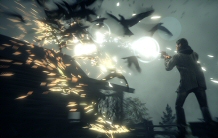 |
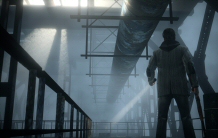 |
You can follow us on Twitter and Facebook for content updates. Also, sign up for our email list for weekly updates and check us out on Google+ as well.











